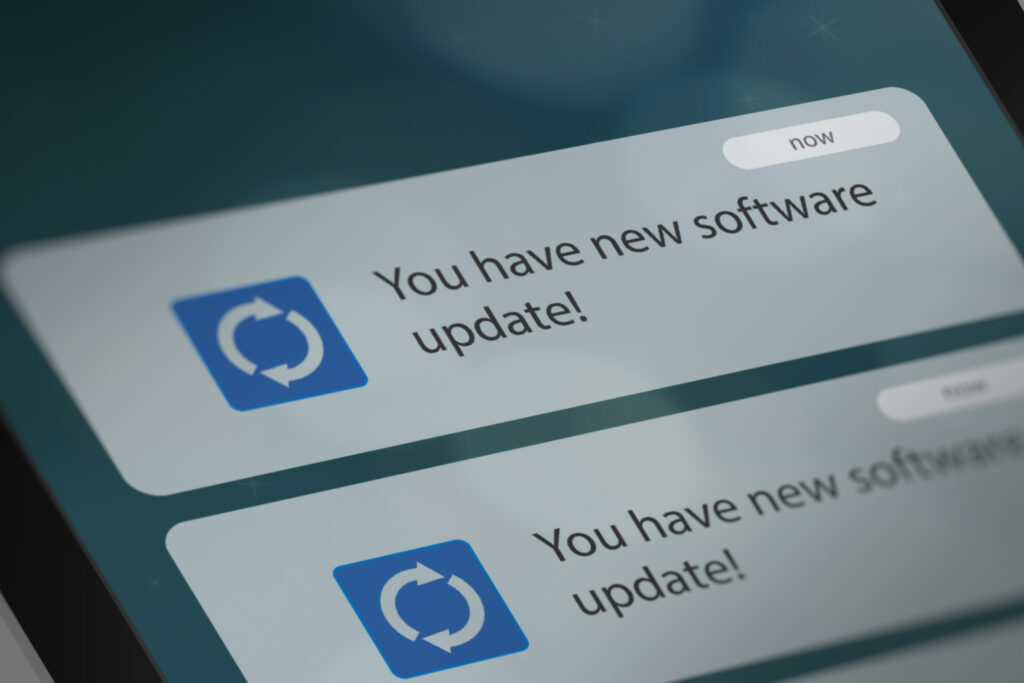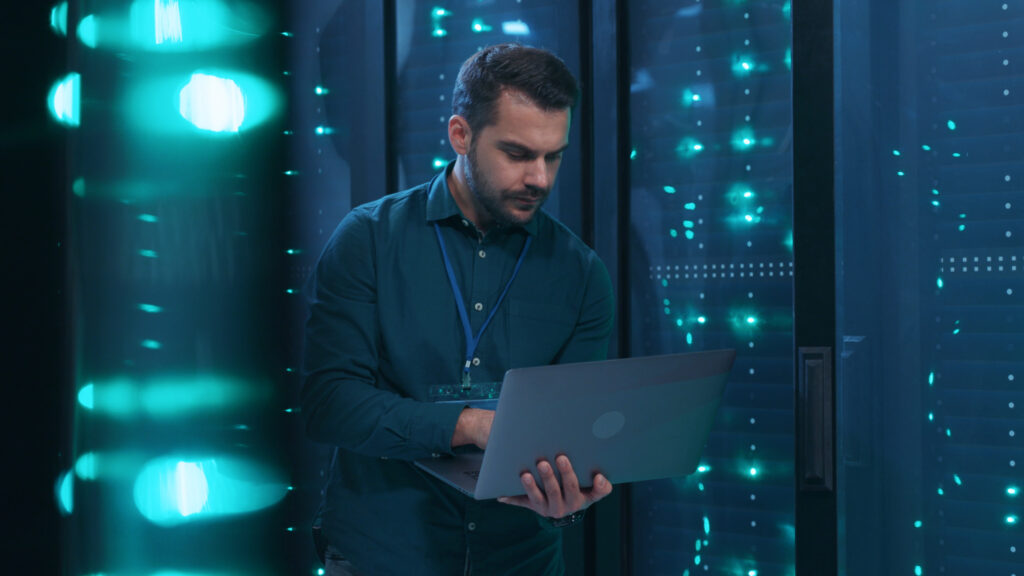TRINIDAT-WIKI
Software modernization
Why you should modernize your software now
What is software modernization?
Renovate or demolish? This question arises not only in the case of dilapidated real estate, but also when it comes to software. In this case, we are talking about software modernization. Many companies are running old applications that can cause problems. We show why you’d better act fast before it’s too late. Old systems, legacy software, outdated applications: At some point, almost every application will reach the moment when the software needs to be modernized.
What are typical reasons for dealing with the topic of software modernization?
When to modernize your software
Digitization of business processes: The old software can no longer meet new requirements.
Compatibility: The software is no longer or only conditionally compatible with more modern systems in the company.
Technology transfer: The existing software is based on a technology that is no longer continued. For example, discontinuation of Internet Explorer or old Windows versions.
Loss of knowledge: The discontinuation of the long-time programmer provides a loss of knowledge. The inventory software can no longer be renewed without this knowledge.
User Experience (UX): In 1995, the software was still the measure of all things. Today, the design and user experience lower the ease of use and lead to frustration and unnecessary extra work.
Performance: The code is old and rewritten what feels like hundreds of times. Enormous amounts of data reduce the performance of IT-supported processes.
The reasons for software modernization are numerous. At the same time, every single deficiency in the existing legacy software can lead to massive problems.



Enterprise Software Security
Old software is vulnerable to hacker attacks. The intruders usually have an easy time with outdated applications. Especially if the software is linked to an execution platform with known security vulnerabilities. The consequences of such hacker attacks can be serious for companies: In addition to high financial damage, cyber attacks can also cause a loss of trust among customers and business partners. This can even lead to an existential threat to the company. Security gaps in old software occur in desktop applications and web applications alike. The situation is particularly delicate and, above all, legally explosive if the outdated software solution works with customer data, for example, in a CRM system (customer relationship management) or in ERP systems that control all important business processes.
Observe data protection
However, a hacker attack is not the only risk when operating outdated software. In some cases, the software used is simply no longer capable of meeting new legal requirements. It can be particularly expensive when it comes to data protection. Especially since the new EU Data Protection Regulation (DSGVO) has come into force. The article there on data security talks about the fact that the securing of personal information must be selected taking into account the state of the art.
In concrete terms, this regulation means that software solutions, applications, systems, and processes should always be kept as up-to-date as possible so that all data protection requirements are always met. This is the responsibility of the company and by no means of the software provider. The data protection officer therefore has the duty of “privacy by design” (data protection through technology design).
What exactly is software modernization?
Whether it’s security gaps or poor performance, at some point almost all software reaches a point where the application can no longer be further developed with the existing technology. Often, the software has grown with the company over the years and has been continuously developed further. In the beginning there was always the basic technology for the software: In which programming language was the code written? Which runtime environment controls the execution? And which execution platform was chosen?
In some cases of software modernization, it is sufficient to update the existing execution platform. Often, however, this is not enough. Then, when modernizing the old software, only the core idea is continued and data and algorithms are adopted. All other functions of the software are reprogrammed.
Two forms of software modernization
Execution platform upgrade: In this form of software modernization, the application is upgraded to a new version. This happens, for example, when switching to a new Access version or to an updated version of Microsoft’s .NET framework.
Takeover of the software idea: For some applications, a simple conversion to a new environment is no longer possible. Example: an existing Access application, which was previously used as on-premises software, is to become mobile and usable at any time as a web application. In this case, an analysis of the existing software and subsequent new development is necessary. This type of software modernization is also known as reengineering.
Difference between new development and reengineering.
- The new development of software starts at the very beginning. In this process, the software is designed and then programmed and introduced. This applies to both individual software and standard solutions. As part of the planning process, it is then also determined whether the software should run as a web application or as a desktop application.
- In the reengineering of old software, the existing application is either partially or completely redeveloped. Important restriction: in this form of software modernization, the previous software is documented. Thus, among other things, the input and output data, the menu navigation and the input forms are recorded. The reprogramming is done on the basis of the existing software. In the process, mostly minor adjustments are made, for example, to improve usability.
A special case of software modernization is the so-called refactoring. The term means the optimization and modernization of the existing source code. Goal: future changes will be easier to implement. Refactoring the code gives the software a better structure. The application runs more stable and becomes less prone to errors. Unlike reengineering, however, refactoring can usually only be done by the programmer who developed the software.

Why software modernization pays
Outdated software can have many negative effects. Whether security gaps, poor performance or lack of compatibility with the IT environment. With software modernization, a modular application can be developed – often without much effort – that is built on a modern software architecture. A major advantage here is scalability. Because a modernized software can be further developed over years and effortlessly receive additional functionalities. Thus, an old problem software becomes a modern application that offers multilingualism, multi-user capability, EU-DSGVO compliance and many other possibilities.
Do you want your software to be more modern?
Do you still have outdated software that needs to be modernized? Then act before it is too late. We are happy to help you and analyze your existing software, advise you and develop your modernized application – tailored to your needs.
We are looking forward to your call or your mail.